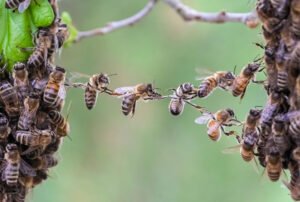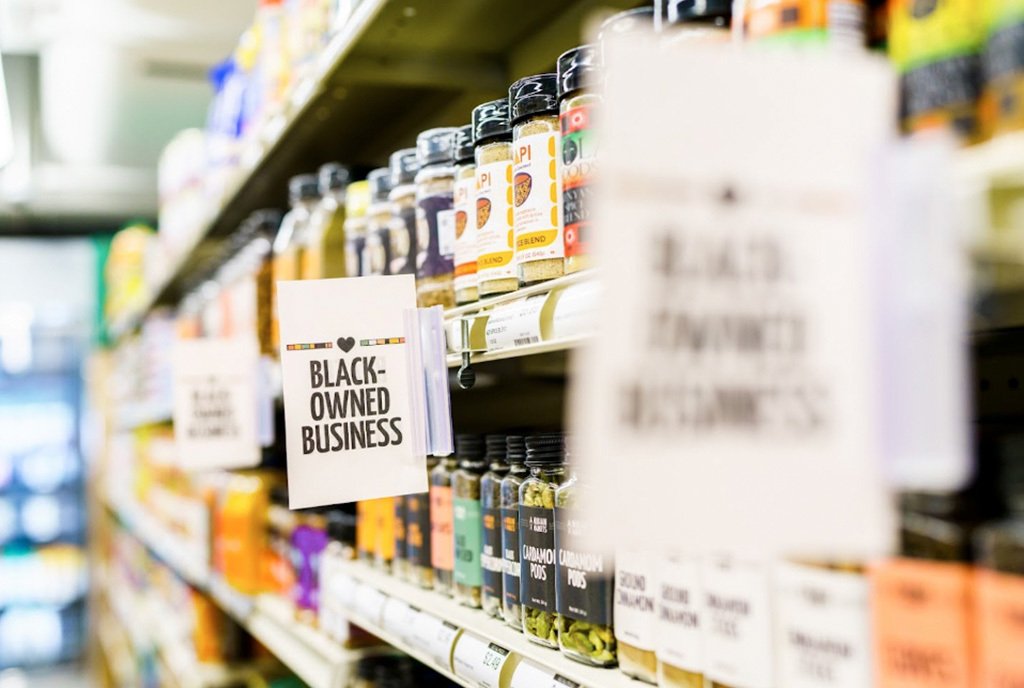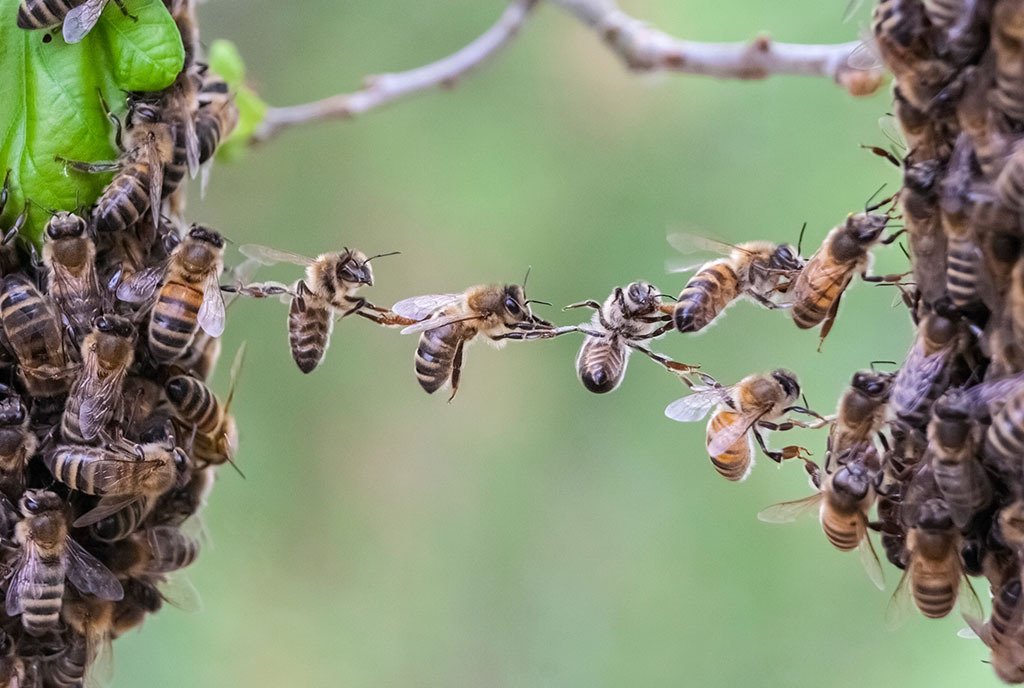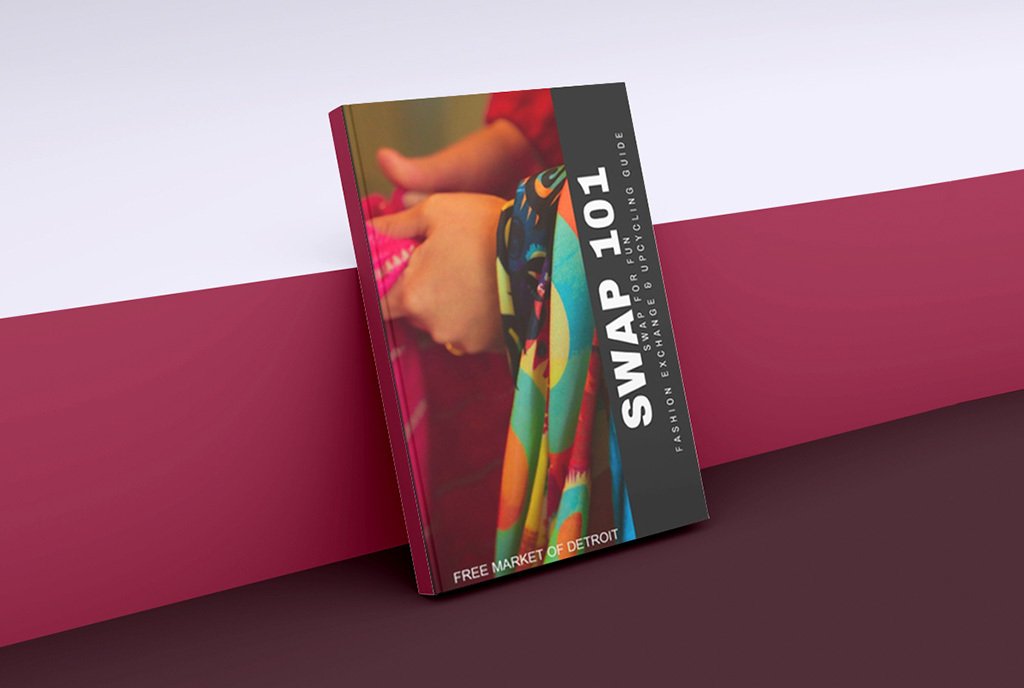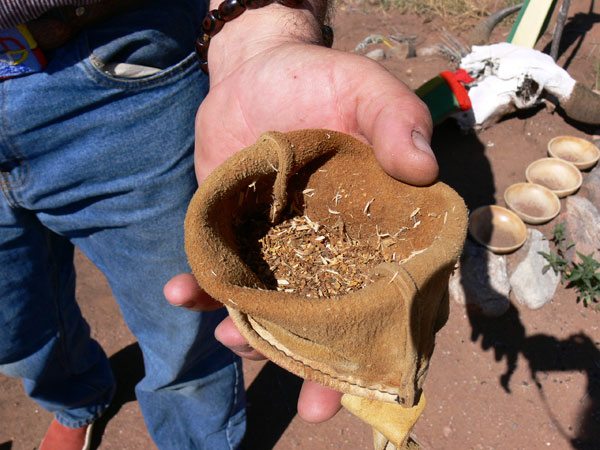
January 2, 2018; Star Tribune
Along with the trend of spontaneous collaborations last year, some organic collaborations have also emerged. In Minnesota, a number of American Indian nations, local community groups, some nonprofits—one fairly new, others well established—and the state of Minnesota itself, have come together to acknowledge ancient traditions while taking the chance to turn away from commercial tobacco products.
Eleven sovereign tribes in Minnesota are putting rules in place that resemble those in some 25 states—such as no smoking in public places, inside or outside—as they move to replace cigarettes with traditional ceremonial tobacco. It is a positive step, particularly for the state, to recognize that a change in culture may have as strong an impact as nicotine patches and television ads on stopping people from smoking cigarettes.
For most of the US population, there’s been a dramatic change in smoking habits; whereas 43 percent of Americans smoked in 1965, in 2014, that number was 14 percent. This is not true for American Indians, who continue to smoke; 59 percent of American Indians living in Minnesota are admitted smokers, and they have the highest rates of cancer and death from cancer in the state.
Campaigns to stop smoking face many uphill battles, including finding something to fill the void. Minnesota is demonstrating an understanding of this and, in an example of forward thinking, has joined the tribes in substituting one tobacco for another.
Matt Pendleton, a recreation director for the Lower Sioux, an American Indian nation whose reservation is located two hours from the Twin Cities, shows his kids and others how to harvest branches of the red osier dogwood, taking just what they will use and thanking the plant for its gift in a ceremony. The youth learn that the branches will grow back, and then they learn how to use the branches in Sioux ceremonies. In the spiritual tradition, the sacred tobacco from the dogwood may be smoked, but is not inhaled. The plant does not contain nicotine.
The Indigenous Peoples Task Force, a 25-year-old 501c3 with a million-dollar budget that provides “programs and services designed to strengthen and enhance the health and education of native people,” is a partner in this effort to cut down the use of commercial tobacco. The executive director, Sharon Day, stated, referencing the almost 60 percent of the community who smoke, “When we get below 50 percent, then I think we’ll have reached a turning point.” She added “Quickly, we are making those changes, mostly through our own efforts.”
“We’re at this unique time in history where native people are reclaiming that traditional use,” said Kris Rhodes, CEO of the American Indian Cancer Foundation in Minneapolis. “Minnesota is leading the way.” The 501c3 is only nine years old, but has jumped in with the others to get the work done.
Sign up for our free newsletters
Subscribe to NPQ's newsletters to have our top stories delivered directly to your inbox.
By signing up, you agree to our privacy policy and terms of use, and to receive messages from NPQ and our partners.
ClearWay Minnesota, created in 1998, is another participating nonprofit. Focused on improving “the health of all Minnesotans by reducing tobacco use and exposure to secondhand smoke through research, action, and collaboration,” the nonprofit helped fund and launch the “Keep Tobacco Sacred” program. Its director of community development, Jaimie Martinez, says the state is leading at the front end of the movement, but admits they “still have a way to go.” Minnesota’s health department invests $1 million annually with ten tribes for tobacco activities.
As the program has grown, the local culture has shown signs of change. Six of seven pow-wows on the Fond du Lac Reservation have moved to using traditional tobacco, and smoke-free rules now apply in all government buildings. The Mille Lacs Band of Ojibwe is commercial tobacco-free in its buildings and its ceremonial dances and grows traditional tobacco in its greenhouse. The Prairie Island Indian Community has included “culturally relevant” information in the stop-smoking services at their clinic.
Kara Siegfried, coordinator of the Communities Eliminating Tobacco Inequities program from the Center for Prevention at Blue Cross and Blue Shield of Minnesota, said reviving traditions can have a positive impact on children. “Kids nowadays are much more proud of who they are,” she said.
Pendleton’s group of kids proudly demonstrate this when they come back to the community center with their treasure of red osier dogwood.
While a group of women made tobacco bags out of deer hide, the kids sat at a table, unbothered by phones or electronics and concentrating on carving the tree branches with spoons while following the sacred tradition for the very first time.
“Prevention through culture,” Pendleton said. “It…benefits youth to learn what it’s meant to keep it sacred. That’s my passion—my kids [and] bringing our way of life back.”
And the success of a collaboration is revealed in a small way as they work in the center, and it will be revealed in the greater way as the outcome data is collected and the health of the community improves.—Marian Conway



